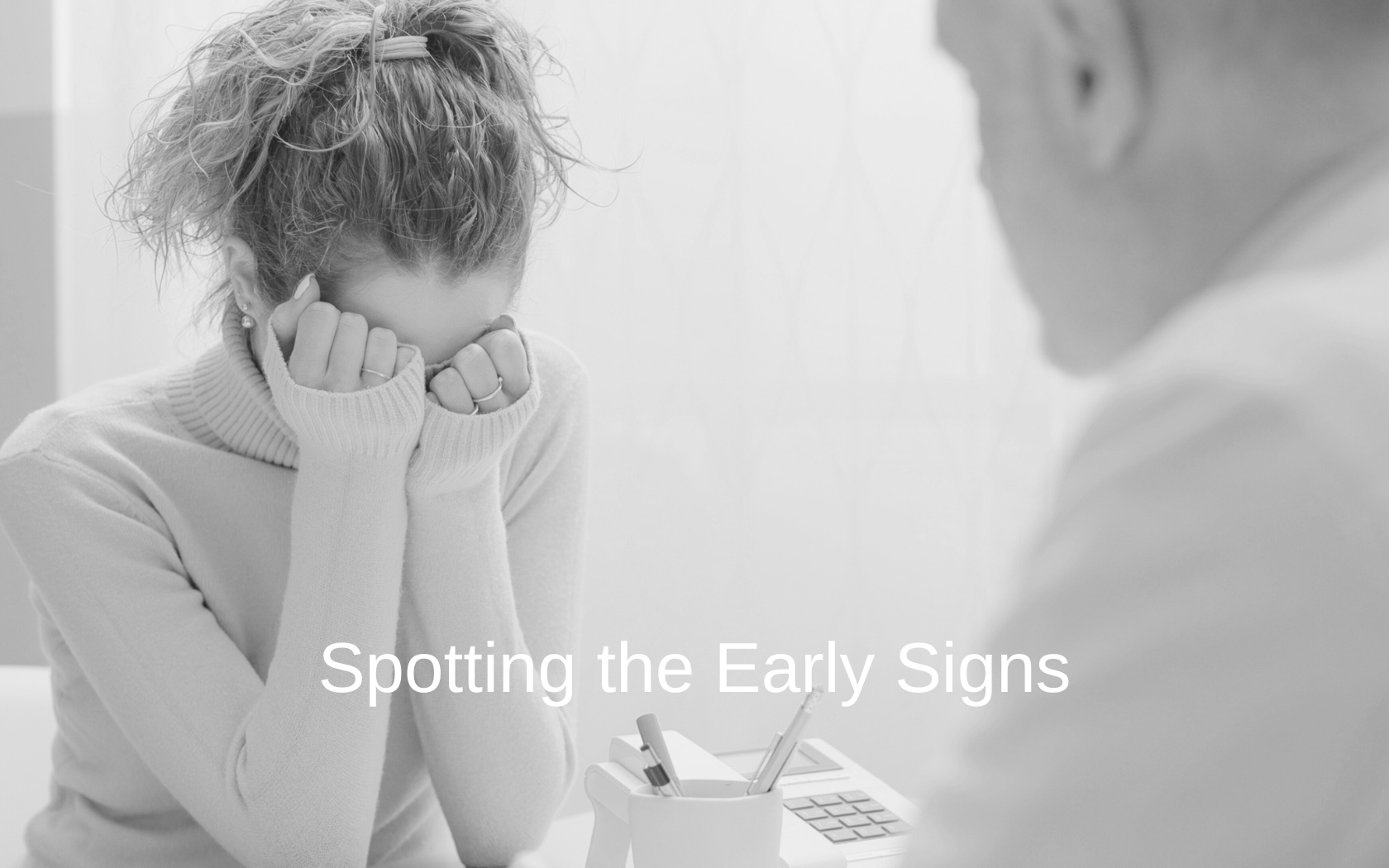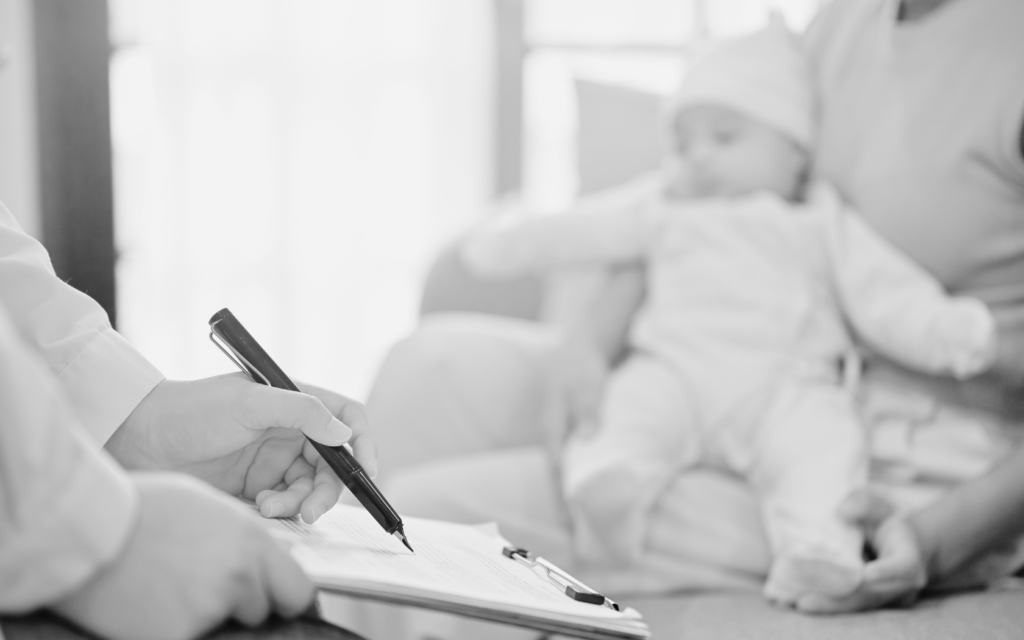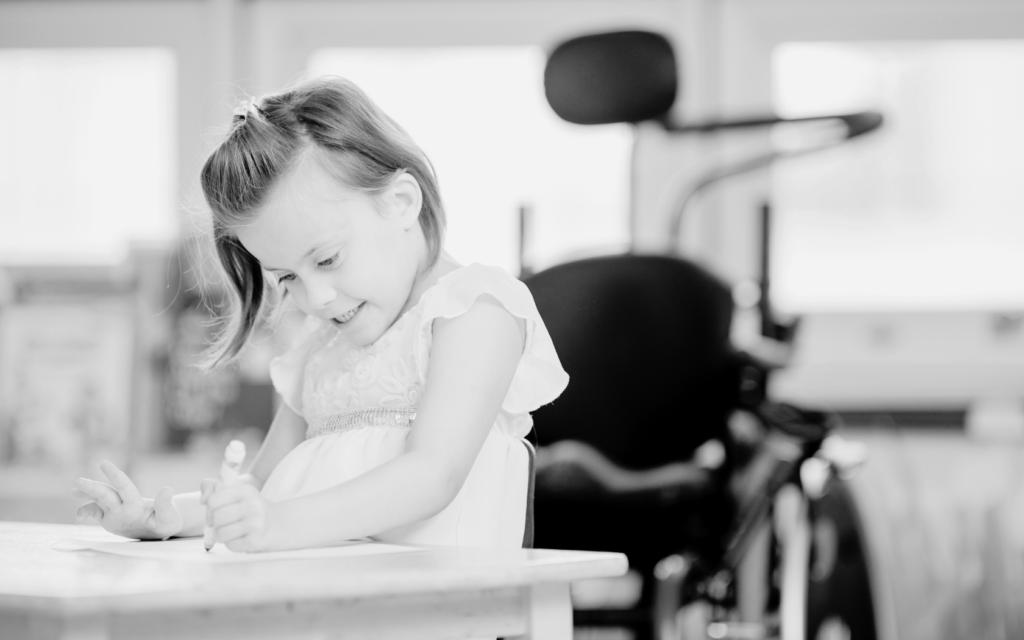Finding out that “something” is wrong with your baby can be soul-crushing. But giving that “something” a name may revive your hope because it means your baby can get proper treatment.
Have you ever thought your baby’s symptoms might actually be early signs of cerebral palsy? Or maybe doctors have mentioned it as a possible diagnosis, so you’re wondering, “When is cerebral palsy diagnosed?” Can doctors diagnose CP in babies who are just a few months old?
Follow along for the answers to those questions and more.

What is Cerebral Palsy?
Cerebral palsy (CP) is a condition that affects muscle control and movement. It happens when there’s damage to the developing brain, often before birth or during early childhood. Sometimes this brain damage stems from infection, pregnancy complications, or medical malpractice.
In people who have CP, the brain’s ability to send signals to muscles gets disrupted. This can result in symptoms such as:
- Muscle stiffness
- Weakness
- Involuntary movements
- Difficulty talking and walking
The severity of symptoms can vary widely, from mild to severe, and it can affect different parts of the body. Symptoms of cerebral palsy in babies may be hard to detect. They are easier to spot once the baby is at an age where they should be completing milestones such as rolling and bringing their hands to their mouths.
Another reason why CP can take time to diagnose is that there are different types. The most common type is spastic CP. According to the Centers for Disease Control and Prevention (CDC), this type affects 80% of people with CP. They usually experience muscle stiffness and tightness.
When is cerebral palsy diagnosed?
“When is cerebral palsy diagnosed?” is a common question parents of children with birth injuries ask. They want a diagnosis for their children NOW—or even better—yesterday. That’s understandable because outcomes are much better for children who receive treatment for CP early in life.
Doctors can make a diagnosis of cerebral palsy only after signs and symptoms appear. Then they have to perform the necessary diagnostic tests. But for some babies, there are no early signs of cerebral palsy.
Keep in mind that if your baby shows early signs of CP, you may be the first to see them, not your doctor. After all, you see your baby every day. Observe them to ensure they are meeting proper developmental milestones for their age. If they fall behind, talk to your doctor right away.
Remember, not every birth injury causes cerebral palsy. However, it is one of the top birth disorders that result from pregnancy and labor complications.
The American Pregnancy Association estimates that 70% of cerebral palsy cases come from pregnancy complications before birth. Fortunately, adverse events during labor and delivery are much less common, though they do still occur.
At what age is cerebral palsy diagnosed?
CP is usually diagnosed during infancy or early childhood before the age of 2 or 3. In most cases, it’s diagnosed when a child is 1-2 years old because that’s when it’s easier to see that they’re missing milestones.
However, the exact age of diagnosis can vary based on the specific circumstances of each individual. In some cases, CP may not be diagnosed until later in childhood or even adolescence if the symptoms are mild or subtle.
On the other hand, methods of diagnosis are improving. In some cases, doctors can diagnose cerebral palsy when a child is younger than 6 months old.

Signs and Symptoms of Cerebral Palsy in Babies
In general, symptoms of cerebral palsy in babies include:
- Delayed milestones (cannot roll over, sit up, walk, etc. at the expected age)
- Abnormal muscle tone (either too rigid or too floppy)
- Abnormal reflexes (such as a strong Moro reflex (startle response) or a persistent asymmetric tonic neck reflex (ATNR)
- Motor skills delays (such as reaching for objects, grasping them, and bringing them to their mouths)
- Feeding difficulties (Such as trouble sucking or swallowing)
- Joint Contractures (Joints become fixed in one position)
- Seizures
- Gastrointestinal Issues (such as reflux and constipation)
What are some early signs of cerebral palsy?
Now let’s take a look at some of the earliest signs of cerebral palsy in babies, according to the CDC:
Signs of CP in Babies 0-6 Months
Signs and symptoms of cerebral palsy in babies under 6 months aren’t easy to detect. But you can still watch for early signs of cerebral palsy in your newborn. Just keep in mind that babies without CP can have some of these signs as well.
- Their head shows poor control when lifted while lying on their back.
- They exhibit increased muscle stiffness.
- They display excessive floppiness.
- When cradled in your arms, they tend to overextend their back and neck, as if constantly pushing away.
- When you lift them, their legs may become rigid and cross or scissor.
Signs of CP in Babies 6-10 Months
- Cannot roll over.
- Struggles to bring hands together or up to the mouth.
- Reaches out with one hand while keeping the other clenched in a fist.
Signs of CP in Babies 10 Months and Older
- When crawling, the baby pushes with one hand and leg but drags the opposite hand and leg
- Cannot crawl on all fours. Instead, the baby shuffles on his buttocks or uses a kneeling hop.
How Doctors Diagnose Cerebral Palsy
So you’ve noticed your child might be showing some early signs of cerebral palsy mentioned above. What’s next? The process of diagnosing cerebral palsy typically involves a thorough medical evaluation. It may include:
- Medical history review. Gathering information about the child’s prenatal and perinatal history, as well as any developmental milestones or concerns.
- Physical examination. Assessing muscle tone, reflexes, motor skills, and any signs of neurological abnormalities.
- Imaging tests. The child will need MRI or CT scans, to evaluate the brain for any structural abnormalities or damage.
- Neurological assessments. These may involve specialized tests to assess the child’s movement, coordination, and muscle control.
- Developmental assessments. Evaluating the child’s developmental progress and comparing it to typical milestones.
Benefits of an Early Diagnosis
There’s no cure for cerebral palsy at this time. But when it’s diagnosed early, outcomes tend to be much better. Here’s why:
Early Intervention
The earlier the diagnosis, the earlier a baby can receive treatment. Treatment may include medication, physical therapy, occupational therapy, and speech therapy. Early therapy can help address and minimize the impact of muscle stiffness, weakness, and coordination difficulties.
High Plasticity
During the early years of life, a child’s brain exhibits high levels of plasticity. This means it can adapt and reorganize itself to compensate for damaged areas. Early treatment can take advantage of this plasticity.
Reduced Secondary Complications
CP can lead to secondary complications. Examples include contractures, joint deformities, and muscle imbalances. However, early intervention can help prevent or manage these issues.

Birth Injury Compensation
If medical malpractice is to blame for your child’s CP, you may be entitled to compensation. This compensation can pay for your child’s treatment. However, each state gives you a limited period of time in which to file a lawsuit (statute of limitations). By watching for early signs of cerebral palsy and getting an early diagnosis, you may be able to file before the statute of limitations expires.
To learn more about filing a cerebral palsy malpractice lawsuit, visit our contact page here. When you’re ready, give us a call! We offer free consultations for families impacted by birth injury negligence.




